Associate Professor Masanobu Sakamoto
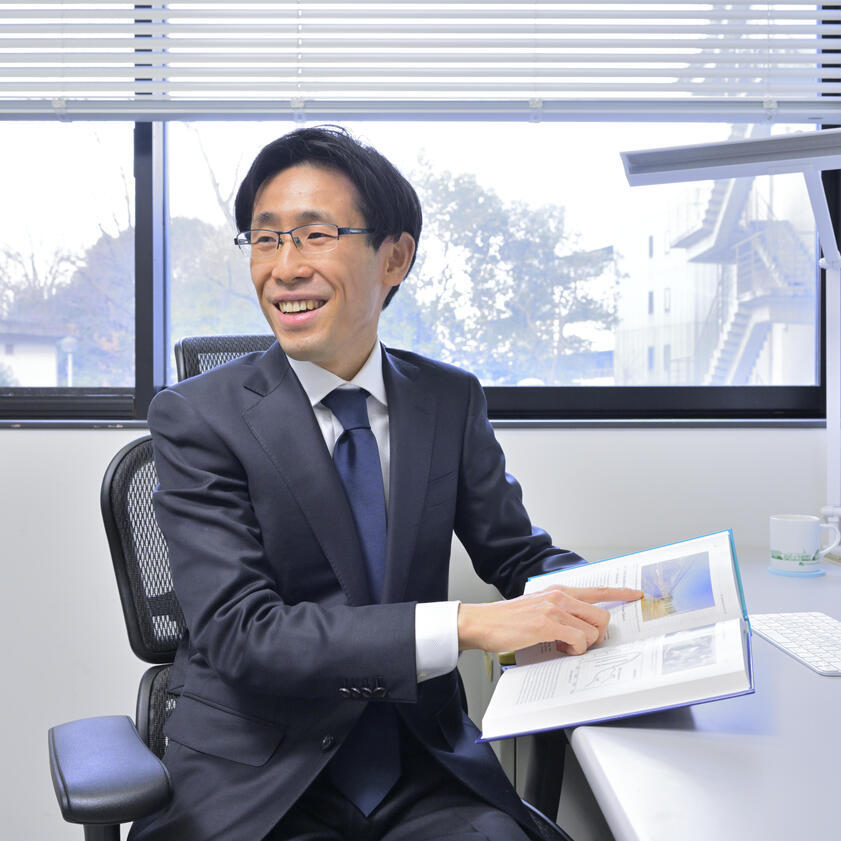
Researchers'
Associate Professor
Kazumasa Iwai
Institute for Space–Earth Environmental Research
Although physically doing so would probably result in serious injury, when it comes to research, I always try to take action first before worrying about the results. In cutting-edge research, you often do not really understand something until you try it. Simply getting your hands in motion is often the best way to break through a deadlock. Every so often, I manage to take off smoothly, only to find myself scrambling to figure out how to bring the research to a proper conclusion, searching around for a place to land mid-flight (laughs).
My research deals with outer space. Contrary to common belief, space is not a complete vacuum. It is filled with ionized particles, albeit very diluted ones, that are being constantly emitted from the Sun. These particles are called “solar wind.” We can observe solar winds from Earth using radio telescopes. Our lab has one of the largest radio telescopes in Japan, and we use it to monitor solar wind fluctuations every day. We study the data to understand how solar winds and the space environment change. At the same time, we also work on developing next-generation observation instruments.
Space exploration and development have advanced rapidly in recent years. Explosive events on the surface of the Sun can trigger intense disturbances in the solar wind, a phenomenon called “solar storms.” When these storms reach Earth, they can damage space-based infrastructure such as communications satellites, disrupting our daily lives. For example, the solar storms could interrupt wireless communications or cause errors for services that rely on location information. As a result, the need has grown significantly for “space weather forecasting,” which predicts solar wind disturbances and any ensuing environmental changes on Earth.
Nagoya University’s radio telescope allows us to detect solar storms before they reach Earth. Along with our daily observation of the solar winds, we have also developed a forecasting system for solar storms based on our observation data. Parts of our work are used in the Japanese space weather forecast managed by the National Institute of Information and Communications Technology, although it is unfortunately not widely known. It provides vital information for aircraft flying over polar regions and operating satellites, which contribute to many aspects of everyday life. This importance will only increase in the future.
It is hard to point to one clear reason. I simply found the process of research interesting once I tried it, so I kept going, through my master’s, doctorate, and postdoctoral studies, until now. The topics I have worked on have varied; some I chose myself, others were suggested by supervisors, while others still came with the positions I held. No matter what the topic is though, I always find it interesting. The natural sciences are full of mystery, so even if I had not ended up studying space physics, I think I still would have pursued a career in some field of research.
It is most exciting when I can use knowledge, skills, and connections from my previous work to achieve results in a new project. My research topics have shifted throughout my career, such as right after I finished graduate school and when I became a faculty member at Nagoya University. But when I apply approaches derived from all these experiences to a new challenge, it produces original results that differ from those of established experts in the field, and that is an exciting moment.
I only began my current research after arriving at Nagoya University. Both the subject and the methods were completely new to me, so I lacked a lot of the foundational knowledge. In my first year, I had to go back to the basics, and it felt like being a student again. It was quite challenging, however, to be expected to teach on the topic right away; I still feel sorry for all my students and colleagues that had to put up with me at that time! In the end, this period of intense study proved to be an invaluable experience for my later research.
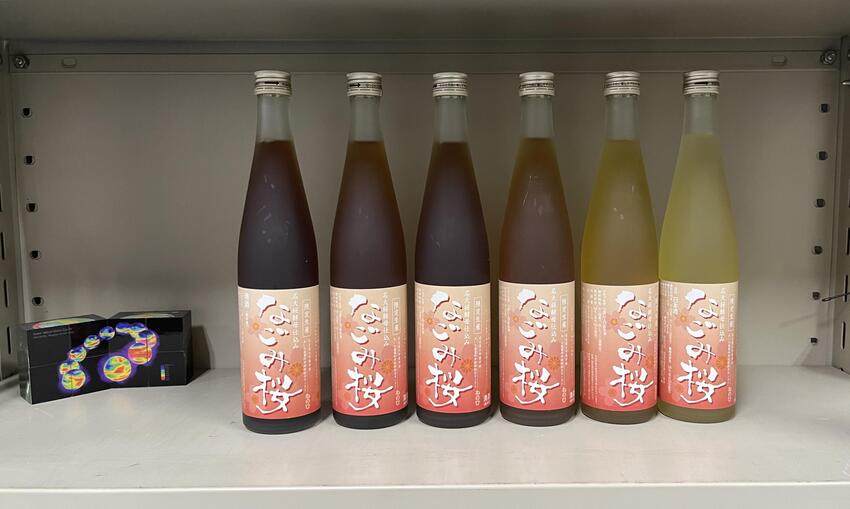
Every year, Dr. Iwai has purchased a bottle “Nagomi-Zakura” sake produced by Nagoya University as a kind of good-luck charm. It is almost time for the seventh bottle…
For a long time, I believed that being a researcher meant dedicating yourself completely to work, regardless of weekends or holidays. But since getting married recently, I have made a conscious effort to prioritize time with my family. These days, my wife and I enjoy discovering new restaurants together. I am also a fan of the local professional basketball team, the Nagoya Diamond Dolphins. Watching games is another great way to recharge.
I hope to officially begin our proposed large-scale project, the “Next-Generation Solar Wind Observation System.” This ambitious initiative involves developing one of Japan’s largest radio telescopes, equipped with state-of-the-art digital signal processing technology, to achieve 10 times the current solar wind observation capability. If realized, the system could dramatically improve the accuracy of space weather forecasting, bringing it on par with terrestrial weather forecasting.
As space development and travel become more accessible in the near future, I hope to contribute to society in a meaningful way by providing reliable space weather forecasts based on original solar wind observations, not just in Japan, but around the world.
Name: Kazumasa Iwai
Affiliation: Institute for Space–Earth Environmental Research, Nagoya University
Title: Associate Professor
Profile/Hobbies:
Originally from Echizen (formerly Takefu), Fukui Prefecture, Dr. Iwai received his Ph.D. in Science from the Graduate School of Science, Tohoku University, in 2012. After working at the Nobeyama Solar Radio Observatory, the National Institute of Information and Communications Technology, and the National Radio Astronomy Observatory in the United States of America, he began his current position in April 2017. He enjoys watching basketball and supports the Nagoya Diamond Dolphins.
This article was originally published in Japanese on March 5, 2024, and some information may not be up to date. It has been translated and edited for clarity and readability by the International Communications Office while preserving the original content’s intent. For the Japanese article, please see here.
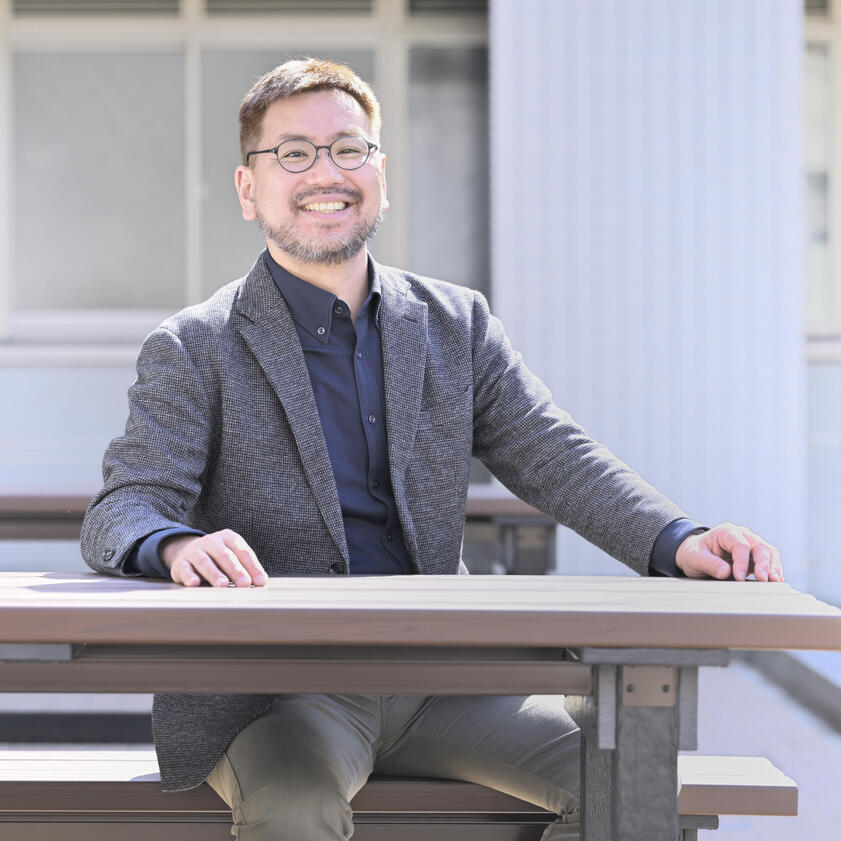
No. 49 July 23, 2025
Associate Professor Masanobu Sakamoto

No. 48 June 27, 2025
Associate Professor Kazumasa Iwai
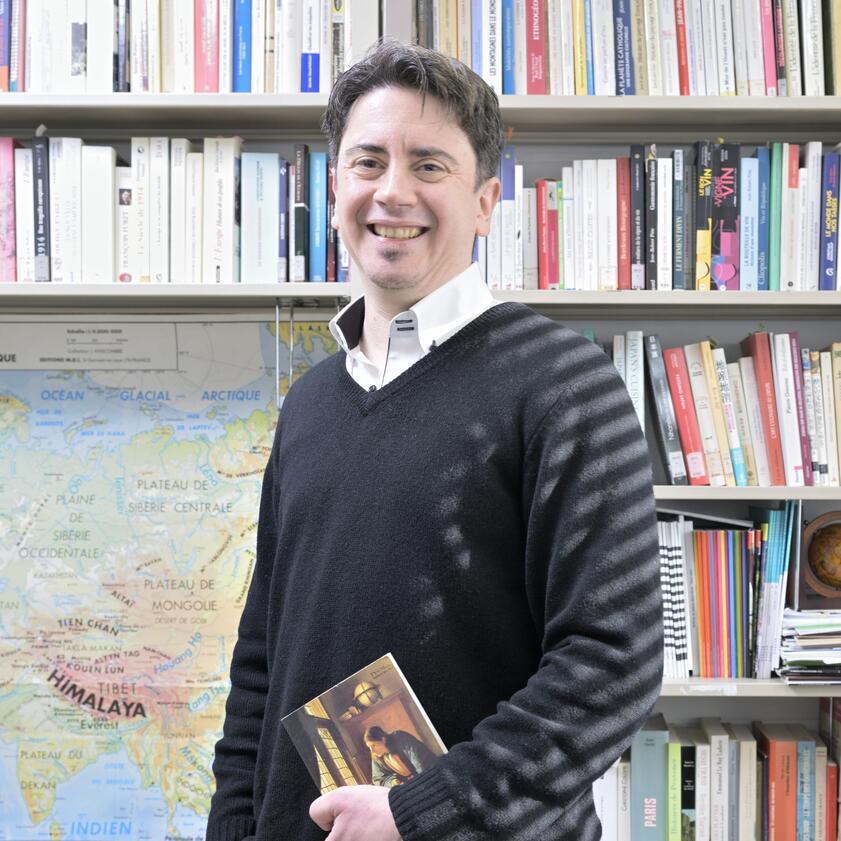
No. 47 May 2, 2025
Designated Associate Professor Nicolas Baumert
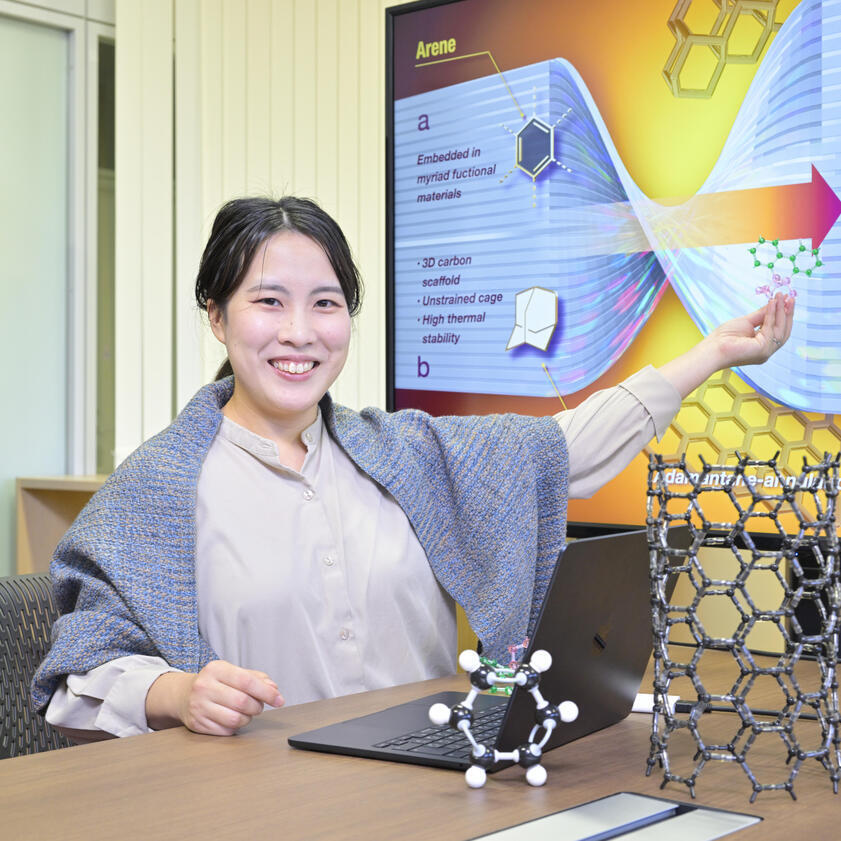
No. 46 March 17, 2025
Designated Associate Professor Akiko Yagi
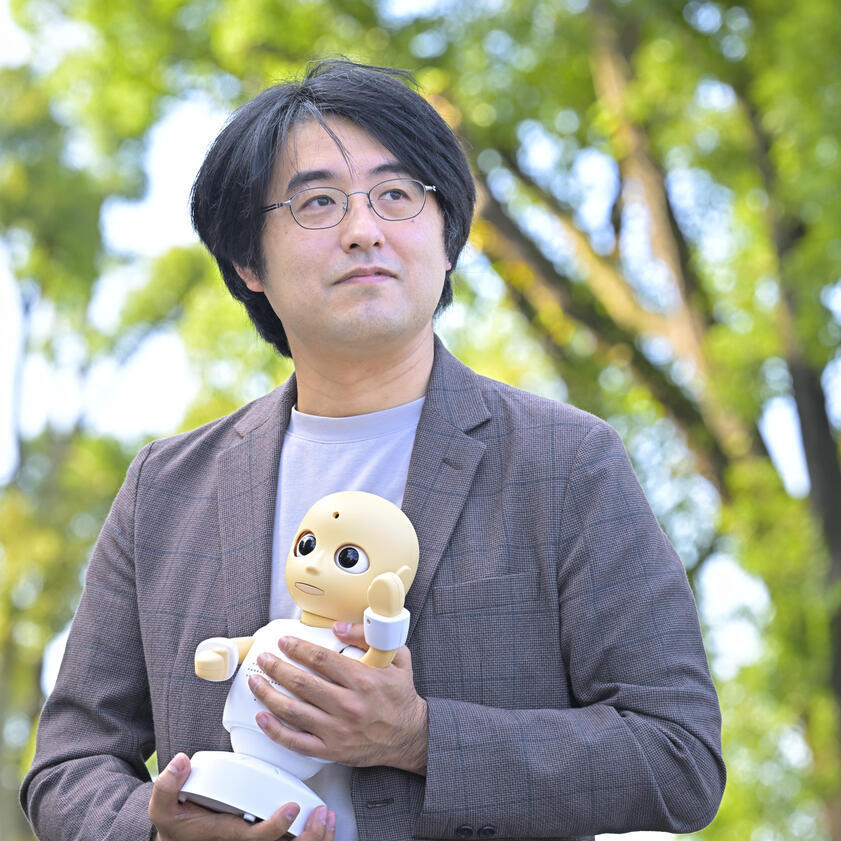
No. 45 September 27, 2024
Professor Ryuichiro Higashinaka